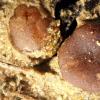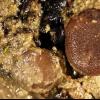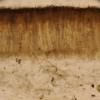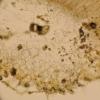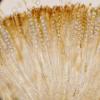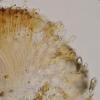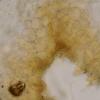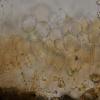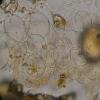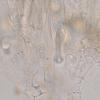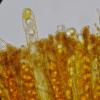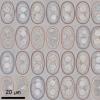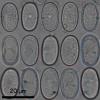
12-12-2025 18:39
Mirek GrycHello everyone.Macrofeatures similar to Mollisia b

09-12-2025 12:06
 Andgelo Mombert
Andgelo Mombert
Bonjour,Je recherche l'article concernant Hypobryo

07-12-2025 16:07
Arnold BüschlenHallo, ich habe in einer Moos-Aufsammlung (epiphy

08-12-2025 21:04
Mark Stevens"Hello everyone,I'm relatively new to microscopy (

08-12-2025 18:59
 Lothar Krieglsteiner
Lothar Krieglsteiner
.. found by a seminar-participant, I do not know t

08-12-2025 17:37
 Lothar Krieglsteiner
Lothar Krieglsteiner
20.6.25, on branch of Abies infected and thickened

16-03-2014 22:00
Hello,I found this species a few months ago but ha
 Hi again
Hi againExactly at the same place than my previous species (Aragüés del Puerto) that I just sent, even in the same square centimeter, and with an almost identical macro appearance, this Pachyella grew. At first glance it is impossible to differentiate them, but the micro does not lie.
Exctal excipulum with textura globulosa finished in a cylindrical-claviform appendix. Margin with chains of 2-3 subglobose cells and cylindrical-claviform appendix. Medullary excipulum with very lax (gelled) intricate texture. Paraphysis with large brown pigment gutules, slightly thickened at the apex. Uniseriate octosphoric asci, with croziers and IKI -. Ellipsoidal spores, with 2 large LBs, apparently finely rough in water, but virtually imperceptible in cotton blue, of (18.3) 18.8 - 20.1 (20.8) × (10.8) 11.2 - 12.1 (12.3) µm; Q = 1.6 - 1.78 (1.8); N = 50; Me = 19.5 × 11.6 µm; Qe = 1.7
With this spore size, in the literature I only see Pachyella adnata, but the spores have large spines. Macroscopically reminds me to P. celtica, but paraphysis, asci, spore size, etc. do not fit. It also looks like Peziza subisabellina, but the micro has nothing to do with it. Perhaps a simply P. babingtonii growing on land?
Thank you.
